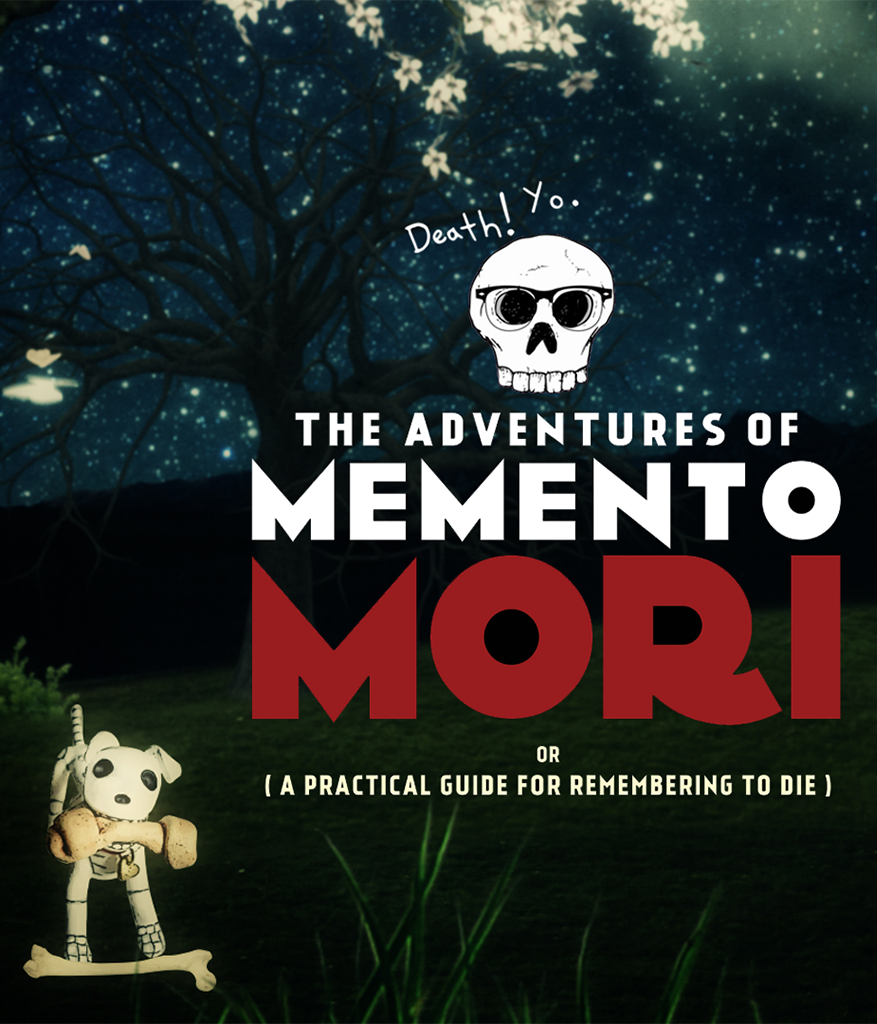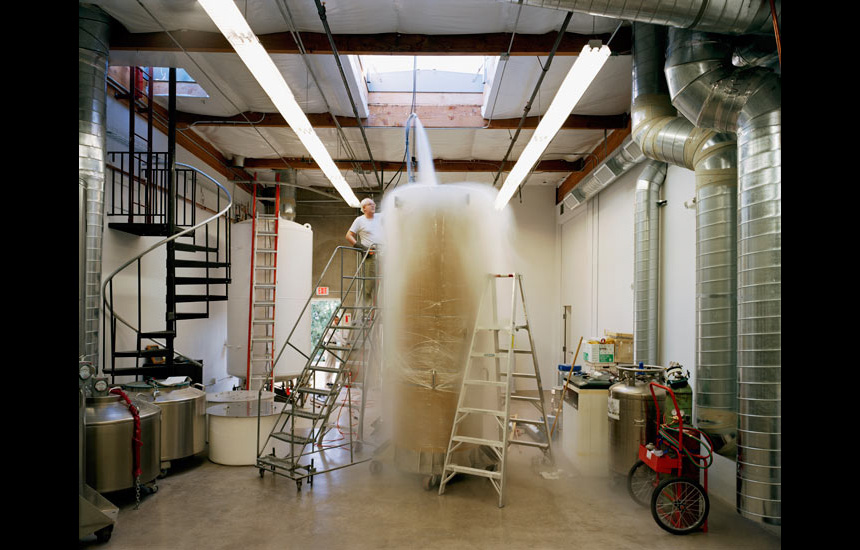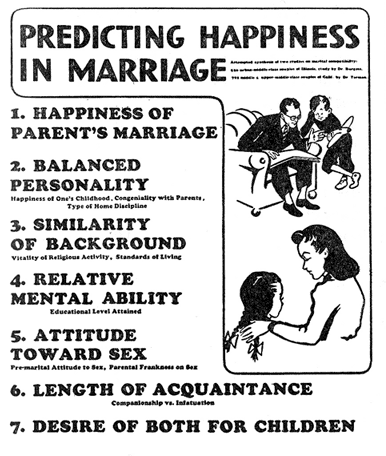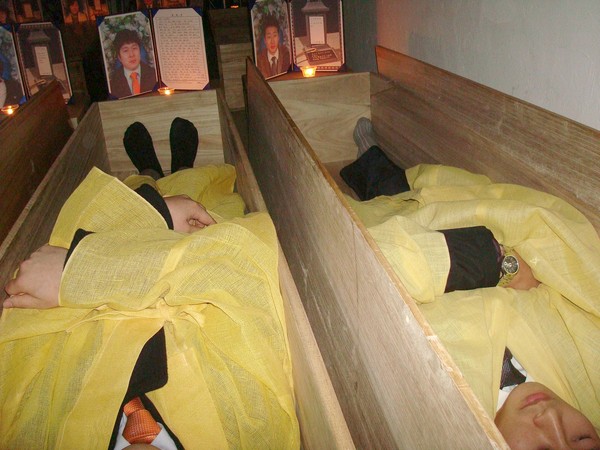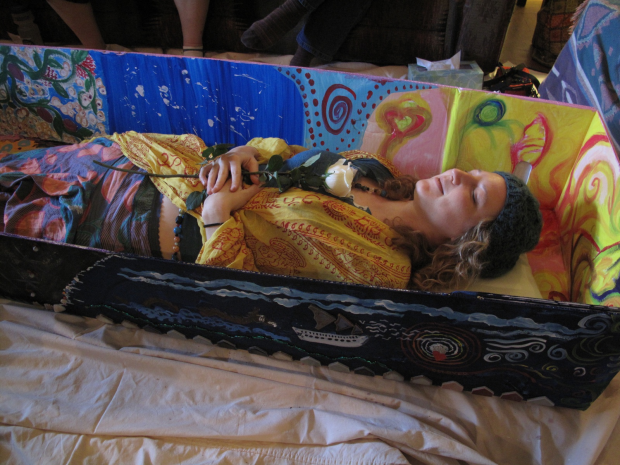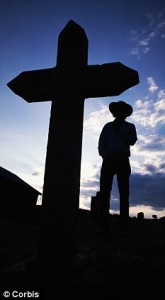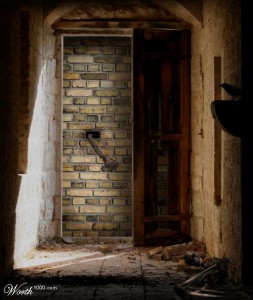Meg, here. There’re some new death kids on the block, and they aaiight. The Adventures of Momento Mori launched about a month ago at the deliciously named remembertodie.com (why didn’t I think of that? why?!). The videos at their YouTube channel Yo! Mori take a listicle approach—short, shocking, wacky bits of death-related trivia aimed at short attention spans that constantly need their minds blown.
The real meat—or the promise of meat, or Quorn for us vegetarians—is in the podcast. Here’s their blurb:
The Adventures of Memento Mori or, (A Practical Guide for Remembering to Die) is a bi-weekly, 30-minute podcast exploring death. Satirical and philosophical, the show follows host, D.S. Moss, as he attempts to reconcile his own impermanence. The show aims to change how people think about mortality. Moss challenges listeners to welcome death as part of life’s cycle, thereby compelling them to live more meaningful lives (himself included).
It’s a young podcast and it shows, with some super echo-y interviews that undoubtedly cause endless heartache and will never happen again. Episode 2: Communicating with the Dead left me bemused to listen in on spooky stories and a modern séance then be served the tidy conclusion that “it was all a subjective experience made meaningful in our brains,” seeking patterns and profundity because we’re monkeys like that. Don’t get me wrong—I don’t want woo served without science—but it sounds like they want it both ways, and you can’t have it both ways, at least so says derisive adult me. Twelve-year-old me squees because GHOSTS!
Whether this is them refining their voice or me being a total grump, the podcast clearly has producing and editing chops and, frankly, it’s fun. Transhumanist presidential candidate Zoltan Istvan is interviewed in episode 3 from inside his 40-foot coffin bus. Episode 1 gives us a template for straight-forward, no-nonsense, gitterdone conversations about end-of-life planning (pro tip: frame the executorship of your will as an honor, not a burden).
Suffice it to say, The Adventures of Momento Mori is now favorited in my Stitcher, and you can get it from iTunes, SoundCloud or streamed directly from their site. It’s a decent one I reckon will become damn great.
Plus, that hipster nerd skull! Duuuuuuuude.
